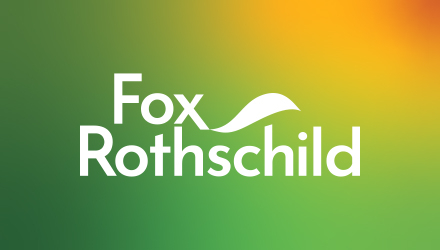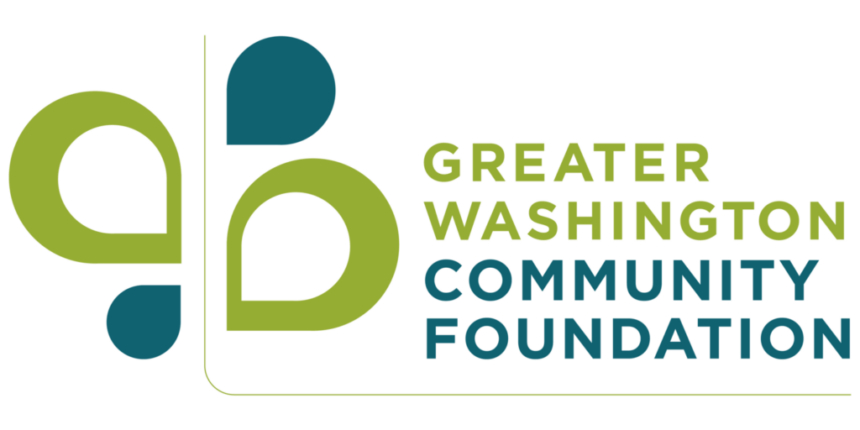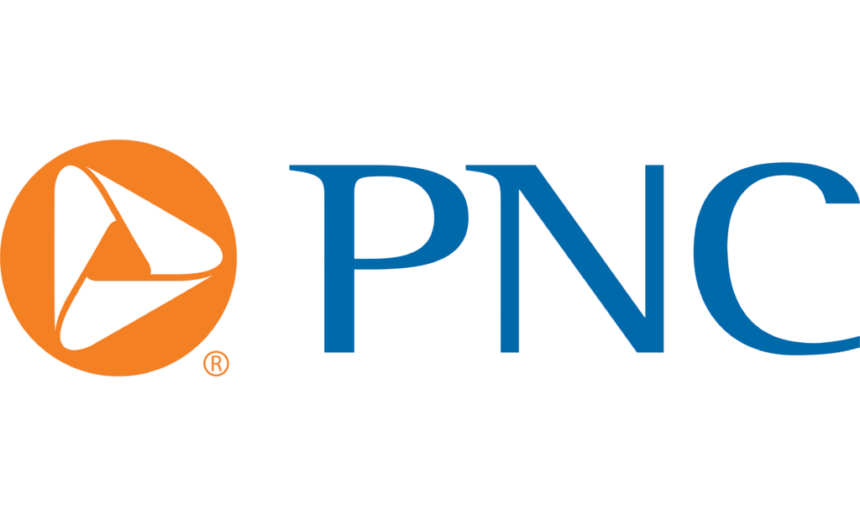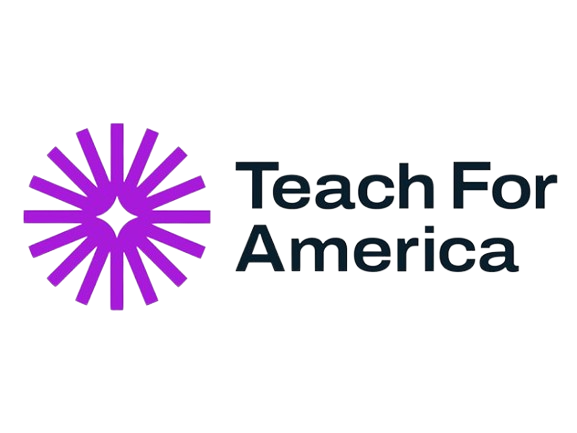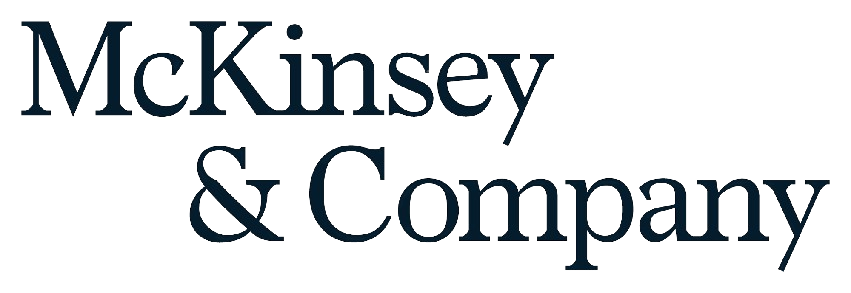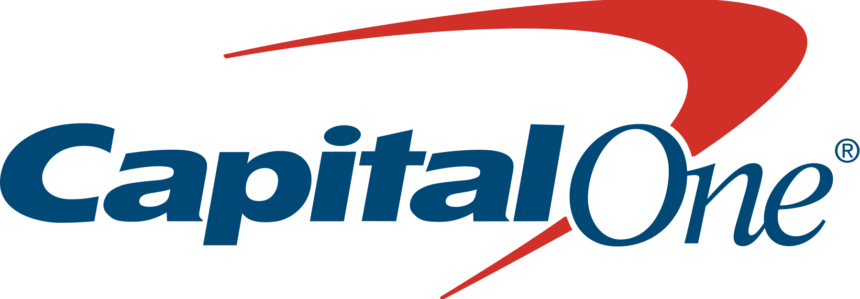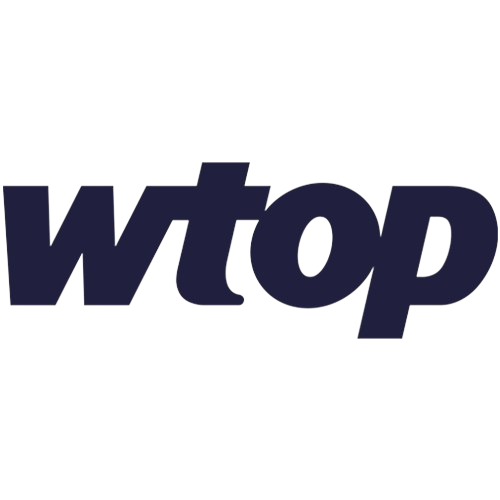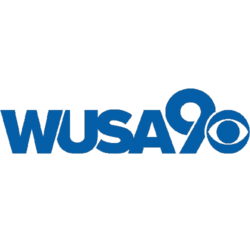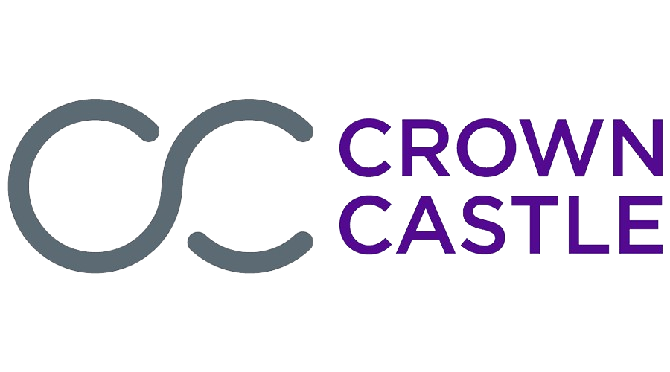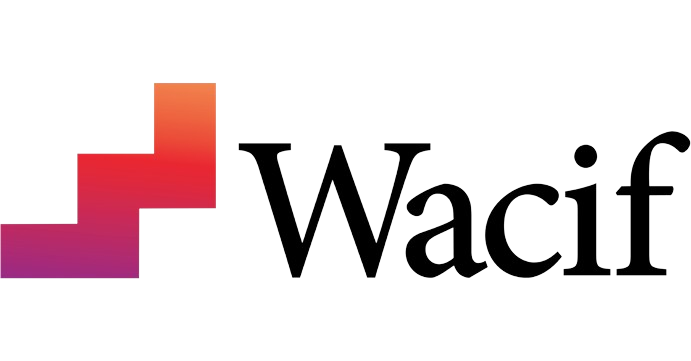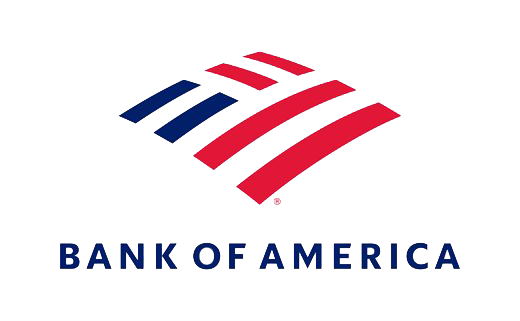The Future of Bus Data
On Friday October 7, the Greater Washington Board of Trade hosted a webinar with transportation experts and business leaders to talk about the benefits of collecting and using bus data to strengthen transportation growth for the region.
The webinar is part of MetroNow’s Bus Champions Webinar Series that promotes bus transit in the region so it can evolve alongside rail transit and is not left behind, as the area is projected to grow by 1.5 million people in the next 20 years.
The webinar’s moderator, Jack McDougle, president & CEO of the Greater Washington Board of Trade, opened the webinar by speaking about how buses are vital to the Greater Washington area. He expressed that people like himself, who use buses to get to work, need more efficient bus systems that work together to create better transportation experiences and allow for better economic growth across the region.
“We want to make sure we have the best (bus) systems possible for all of us across the region. It is no surprise we’re ranked in the top 5 nationally in traffic congestion, which is not good,” said Jack McDougle. “So being proactive in keeping up with the region’s transit needs must happen now, not later.”
Panelists Allison Davis of Washington Metropolitan Area Transit Authority (WMATA), Allan Fye of the Northern Virginia Transportation Commission (NVTC), Robert Puentes of the Eno Center of Transportation, and Michael Helta of Maryland Department of Transportation (MDOT) and Maryland Transit Authority (MTA), spoke directly on how new federal efforts to streamline data sharing between transit organizations and agencies can help the Greater Washington area meet its busing needs.
The panelists highlighted this federal effort and explained how General Transit Feed Specification (GTFS) data collection can help transit organizations and agencies dig deeper into bus data and how crucial it is to stay on the offensive to create better customer opportunities.
The emphasis from the panelists on how consumer data can help people travel more efficiently in day-to-day life was of great value to local professionals and business leaders from the MetroNow coalition that joined the webinar. From better timing on bus routes to showing how people move across the region on different transit systems, panelists laid out in detail how vital it is to know logistically and holistically how people commute.
Robert Puentes, who follows transportation legislation and initiatives closely at the Eno Center of Transportation, spoke about why the Greater Washington area has moved towards the future and has been innovative in the transportation community but that buses have been forgotten about.
“Even though we spend a lot of time talking about rail and talking about all these other new technological tools, we’ve forgotten about buses over the years. And so, part of the reason that this bus transformation project was initiated in the first place is because bus (transportation) is an enormously important part of how our region functions, how our economy functions,” said Puentes. “We’ve neglected the people that rely on the bus as a mode of transportation.”
To express how data is being used in real-time to help customers, WMATA Vice President of Planning Allison Davis shared how her organization’s 1,500 buses collect data that can better eliminate gaps in routes and better help plan for how WMATA should adjust to create better bus availability. Davis said some of the data collected by WMATA shows how fast its buses travel down roads, when bus doors open at stops, and when people board buses. And that matching up this data can go a long way to mitigate problems customers see as they travel.
Davis also announced the launch of Better Bus: Network Redesign Project, the first comprehensive effort in 50-year history to re-envision a customer-focused bus network for the National Capital Region. This initiative will rethink, redesign, and revitalize bus service.
“We need to be competitive and connect people with where they want to go at times of day and times of the week that they need to be traveling,” said Davis.
Michael Helta of MDOT and MTA and Allan Fye of NVTC fostered the webinar conversation around bus data to grow further with insight into how Northern Virginia and southern Maryland are using bus transit data. Both shared how the investment in data collection by their organizations has been a game changer. And that at the end of the day, we can’t forget about bus systems and why it’s a must to connect data across the Greater Washington region as customers continue to depend heavily on public transportation systems.
Helta also spoke about how MDOT and MTA have started to invest in artificial intelligence to help the state’s transit authorities fill in the gaps and better serve customers. And how his team worked to help transportation workers in Maryland better understand why certain data needs to be collected to help create better bus systems.
“We had to sit with bus dispatchers and get them to understand why putting an assignment to a bus in real time was important. Because if a bus is not assigned to a block in real-time, we’re not going to get real-time information to the passengers waiting for it at the end of the stop,” said Helta. “Because in the past, it didn’t matter because that (data) didn’t go out. And so, it’s those types of things that bring it all the way to the front lines. Letting them (transit workers) know that they are a critical part to this big data solution.”
Allan Fye furthered this and shared that NVTC has invested in data because they need to make decisions now, not down the road. And why his organization has based its more significant transportation priorities and planning because of the data, it has received.
“Really big companies have been able to monetize big data. And we’re finally catching up when it comes to the transit world, which is why we are putting so much time and effort into making sure that we’re building this giant database of information,” said Fye. “We’re (Northern Virginia) growing at a rapid rate. We can’t survive and be economically competitive if everybody is driving.”
All four panelists agreed that sharing transit data across the region is essential to create economic growth and help our region prepare for a significant population increase. And that a major investment in bus data collection can ensure the Greater Washington area does not fall behind.
“Don’t forget about bus (transportation),” added Fye. “It’s the backbone of transportation in the region. There is a lot of good (through data) that can help us solve transportation problems in the region.”
MetroNow has Six Key Initiatives for busing in the Greater Washington area in 2022: Launch WMATA’s Regional Bus Network redesign process; Build 10 miles of new bus lanes and create a bus lane enforcement strategy; Create a regional strategy to retain and recruit bus operators; Create a strategy for zero emissions infrastructure and workforce; Consolidate regional data on bus operations and create a regional strategy to address the transit funding fiscal cliff.
Want more from the series? The next MetroNow webinar will be held in November and focus on creating a regional strategy to address the transit funding fiscal cliff.
Become a member today
We need your voice at the table to make Greater Washington a place where everyone can succeed


